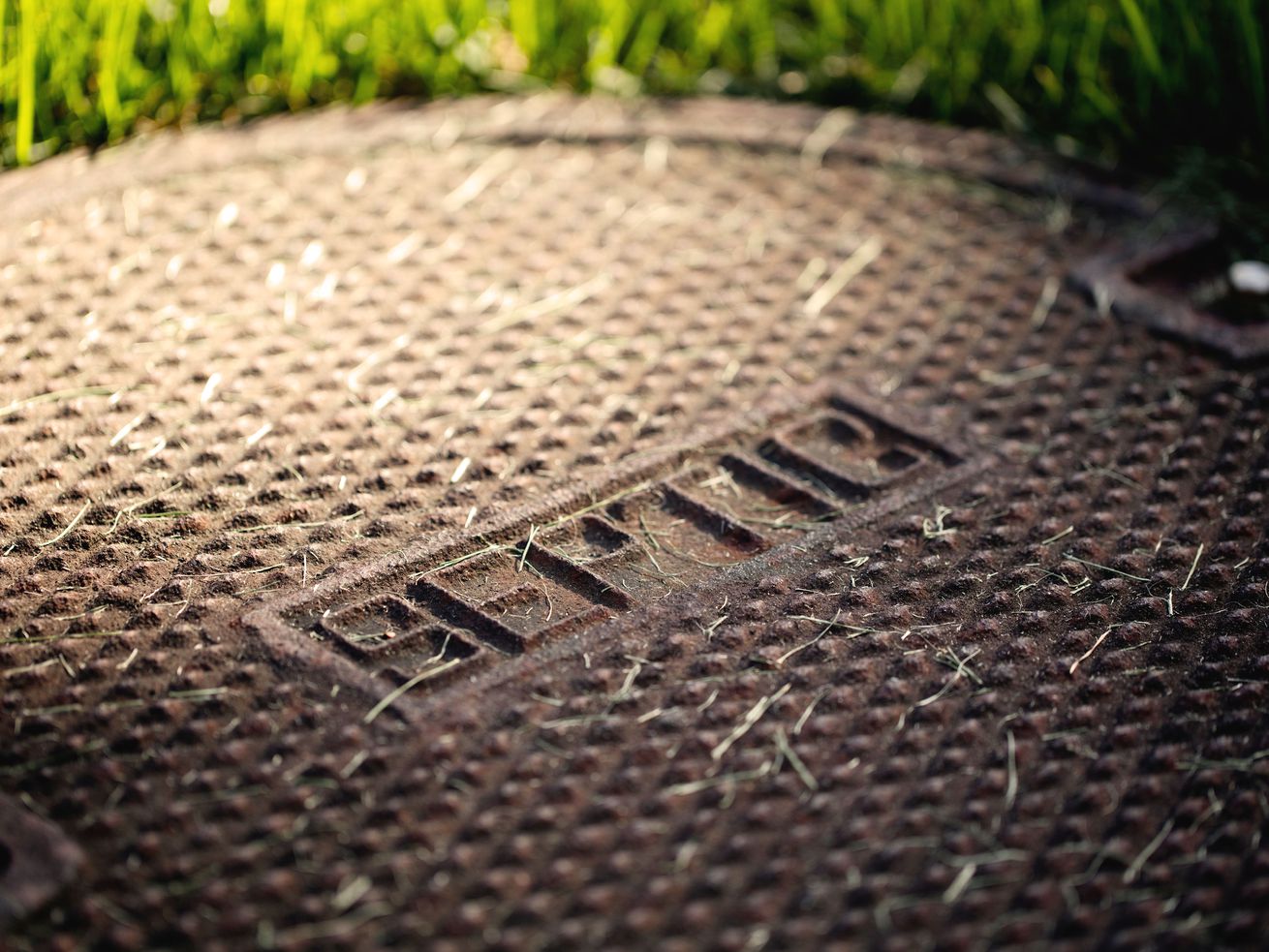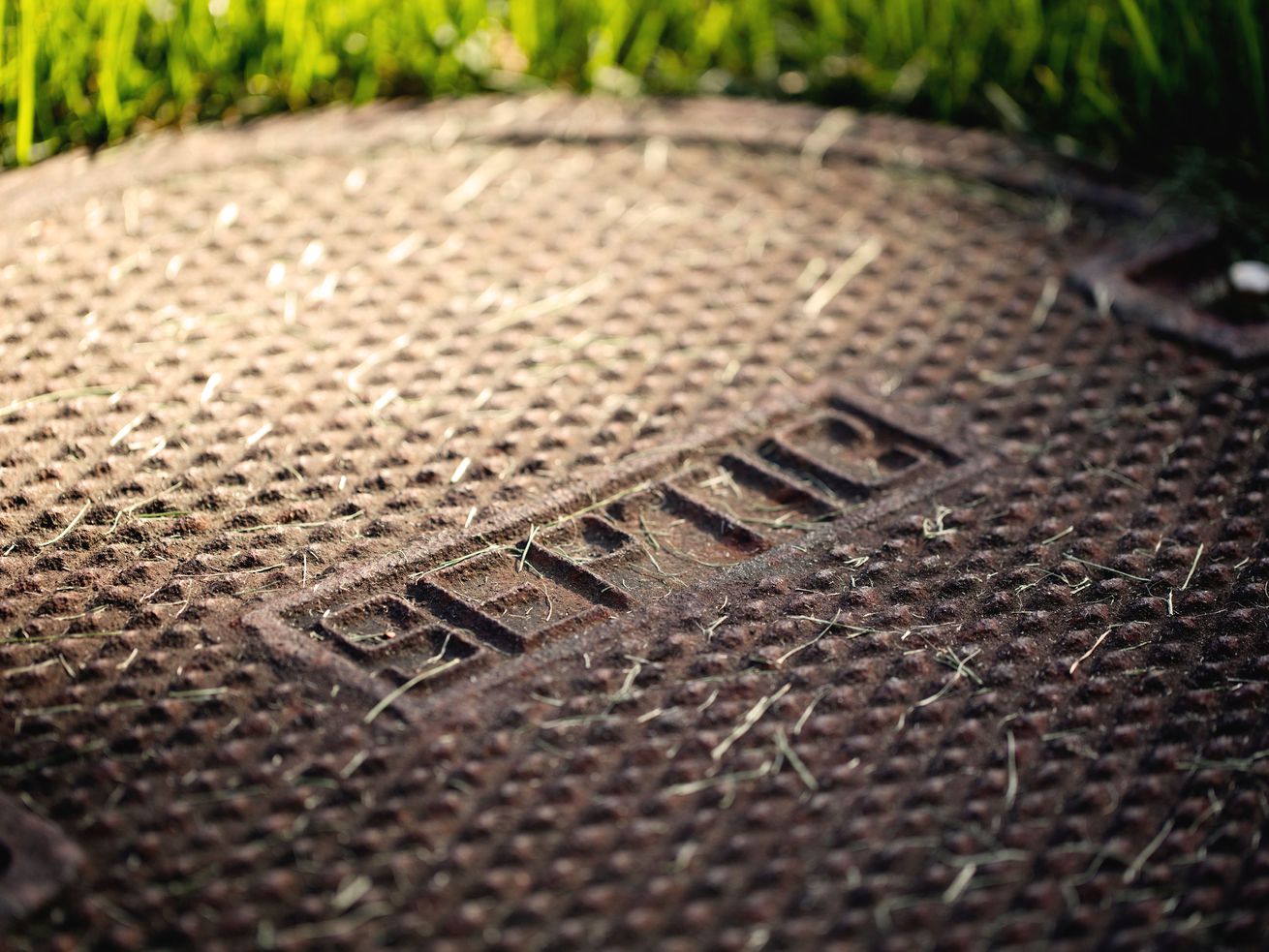All About Septic Tanks

>

iStock
While many homes in the United States use municipal sewers, due to factors like location, some homeowners must opt for septic tanks. Read on to learn a few fundamentals of this sewage system.
If you live in a rural area or even just outside city limits, you may be one of the 20% of households in the U.S. that uses a private septic system, rather than a municipal sewer, to dispose of household water and waste from kitchens and bathrooms. Although there are many types of septic systems, the most common is comprised of a tank and a drain (or leach) field that’s located 50 to 100 feet from the house.
What is a Septic Tank?
A septic tank is a watertight receptacle that’s buried in the ground. A two- to three-bedroom house usually requires a minimum of a 1000-gallon capacity tank. It is connected to the house’s waste drains by a pipe that feeds into the tank inlet. Partial walls inside the tank known as baffles are meant to promote the settling of waste. Although older tanks may not have them, most new tanks are fitted with filters that prevent smaller particles from entering the drain field. Tanks also often feature a port or riser at the top for pumping access.
How Do Septic Tanks Work?
Waste flows from the house to the tank, where heavier solids (sludge) settle to the tank’s bottom; lighter solids and liquids remain at the top. In the tank, colonies of bacteria break down the sewage. The waste liquids (effluent) flow out of the tank and down into the drain or leach field via perforated pipes laid in trenches filled with gravel or stone and covered with geo-fabric and dirt. The stone/gravel filters the effluent, which then drains into the soil below, where it is processed by microbes that live in the soil, and finally flows as clean water into the groundwater.
What are the Most Common Types of Septic Tanks?
Septic tanks are made from steel, concrete, fiberglass, or polyethylene. Steel tanks tend to rust, have a shorter service life, and are only found in older systems. Concrete tanks are durable, but occasionally can crack and leak wastewater. Both fiberglass and polyethylene tanks are lightweight and crack-proof. Polyethylene is generally less expensive than fiberglass. Both the latter types’ lightweight makes them susceptible to both damage during installation and to shifting locations due to high water tables or improper installation.
There is also a distinction between the more common tanks discussed above that function with little or no oxygen present (known as anaerobic) and aerobic tanks, which use a pump to inject oxygen into the effluent. The addition of oxygen supports aerobic bacteria that are more effective in breaking down waste before it enters the drain field, which means the system can function with a smaller drain field, so it’s great for smaller lots. Aerobic septic tanks require an air pump and an alarm that is triggered if the air pump stops, and, of course, an electrical circuit.
How Often Should You Pump a Septic Tank?
After an extended period of use, tanks become filled with sludge and must be pumped out so they can continue to function. Most waste disposal companies recommend that tanks be pumped every three to five years, although with heavier use, some may need pumping more frequently.
Occasionally, tank filters or outlets can become clogged, which will cause the tank to fill, so it’s important to only flush toilet paper and waste. Do not flush sanitary products, paper towels, cat litter, oil, cigarette butts, coffee grounds, or toxic chemicals, which will interfere with the tank’s ability to function.
If your drains are slowing down or you have a new pond in your backyard, it may be a sign that your tank needs to be pumped. The EPA (Environmental Protection Agency) also recommends that septic tanks be inspected every three years by a professional. To find wastewater professionals in your area, check out The National Onsite Wastewater Recycling Association (NOWRA).
How Long do Septic Tanks Last?
Most septic tanks, whether concrete, fiberglass, or plastic, should last up to 40 years or more, if they’ve been regularly inspected and maintained. Older tanks that were made of steel may only last for 20 years. If your system begins to need frequent pumping, or if your household has expanded and your waste output has increased, it may be time to replace the tank. According to homeadvisor.com, the cost to install a 1,000-gallon anaerobic tank ranges from $2,100 to $5,000. Aerobic tanks require a specialized drain field and the entire system installation can cost between $10,000 and $20,000.
Did you miss our previous article…
https://www.tampa-bay-homes-guide.com/?p=1832
